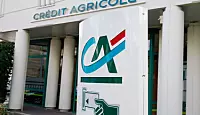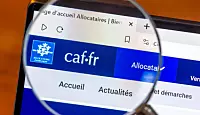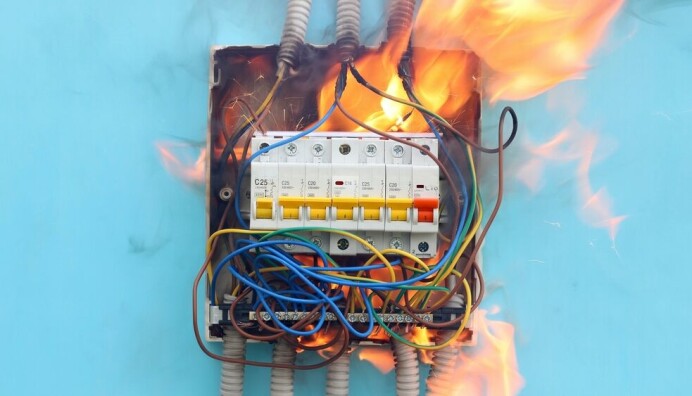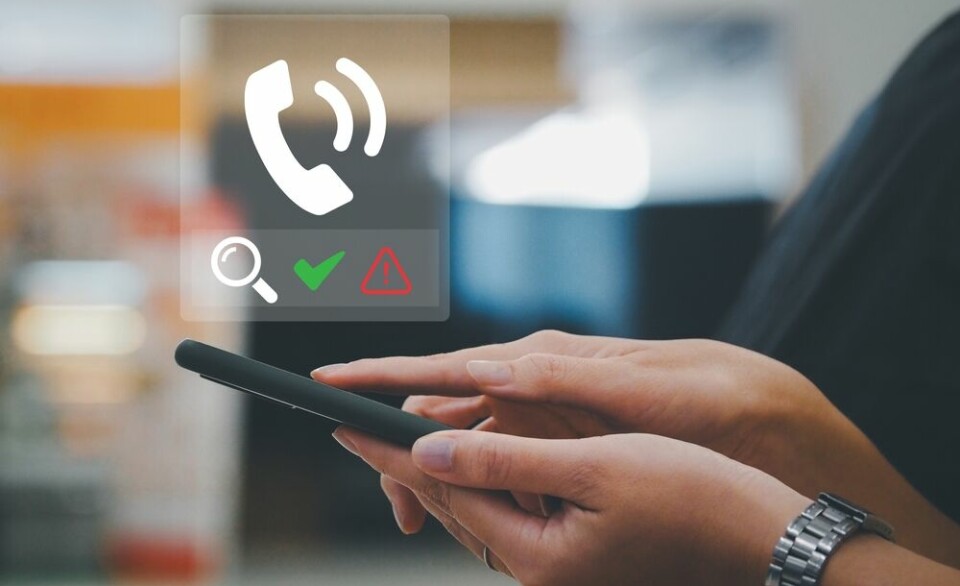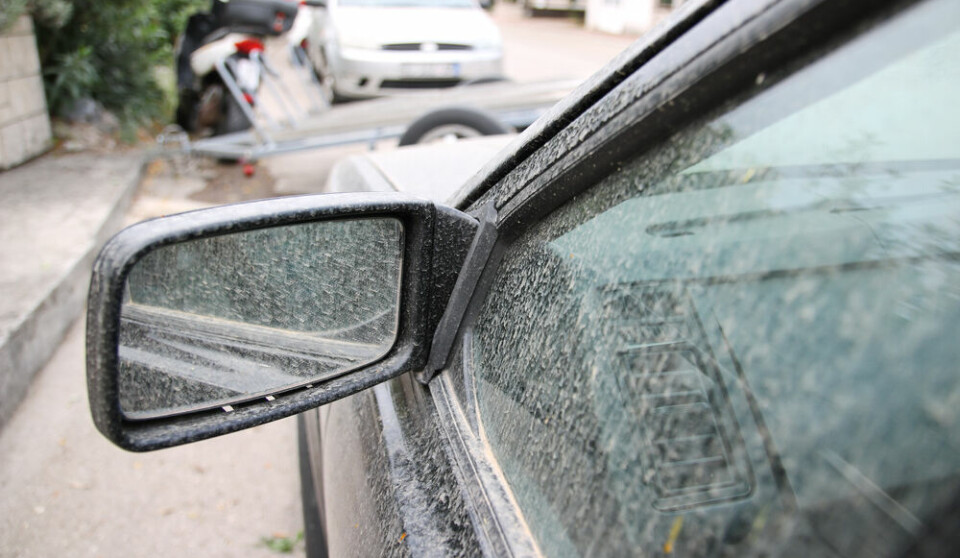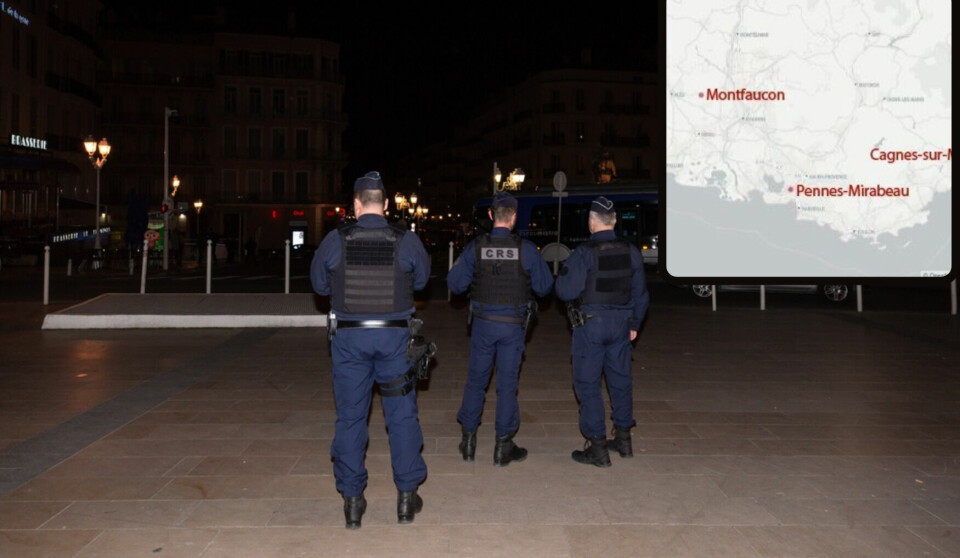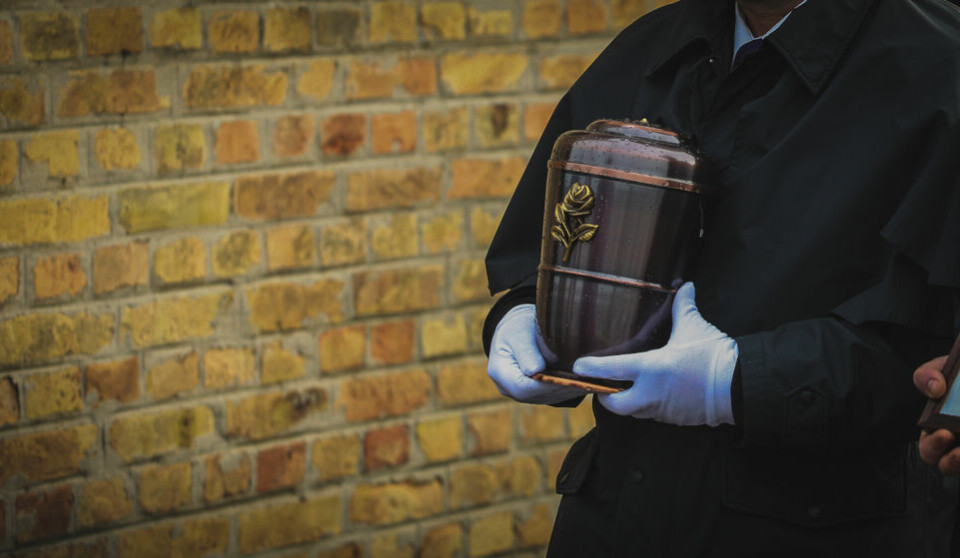-
French bank to close dozens of Britons' accounts citing Brexit
Regional caisse in south-west blames complicated post-Brexit rules and measures to stop money laundering
-
Change for foreign residents and eligibility to family benefit in France
People will only be able to obtain family benefits if they spend majority of the year in the country
-
What is average salary in France? How does it compare with US or UK?
We also look at the average disposable income per capita in OECD countries
€50 fake notes circulating in south-west France: how to spot one
Fraudsters have been caught using fake notes, particularly for online sites and informal transactions

Police officers in the south-west of France are issuing warnings to residents and merchants alike, after an uptick of fake €20 and €50 being circulated in the area.
The notes have been spotted in the Lot – particularly in the north of the department – with the gendarmes posting on their social media pages about the issue.
The notes have also recently been used in the Aveyron and Tarn-et-Garonne departments.
It is unclear exactly why the notes have been found in a high circulation in this area.
Officers have urged traders such as tobacconists and restaurants to use checkers to validate notes used for payment.
You can see the post on the Gendarmerie du Lot Facebook page below:
However, they have also offered advice on how to spot counterfeit notes for everyday residents who may come across them.
How can you spot fake notes?
Euro banknotes include a number of security features to help people spot counterfeit versions, which include:
- The transparent watermark on the left-hand side of the ‘front’ of the note (underneath the EU flag), which is visible by placing the note over bright light
- The hologram stripe on the right-hand side of the front of the note, or hologram patch in the bottom corner
- The slightly raised printed numbers at the top of the note (you can feel them if you run your finger over it slowly)
- The number indicating the value on the bottom right of the note which will change colour when the banknote is tilted
Additionally, notes will have a ‘security thread’ running through the middle of the note.
A dark stripe will appear when holding the note against the light, which has the word ‘EURO’ and the value of the note in tiny letters (it may be hard to read the numbers and letters, but the dark line should be visible to most people).
Notes should also feel ‘crisp and firm’ instead of limp, as they are made out of pure cotton.
If a note is missing any of these security features, it is likely a counterfeit note.
Elsewhere, you can use UV light to check your notes are not counterfeit, showing the fibre of the bank notes, and the EU glad on the note changing colour.
You can also buy equipment online that checks the validity of notes, ranging from high-tech scanners to transparent ink pens and UV lamps.
A list of specific security measures for EU banknotes issued by the European Central Bank can be found online here – a more in-depth analysis of each denomination can also be found here, although it is slightly older.
If you believe a banknote you are in possession of is fake, you should contact the Banque de France, or your local police department – willfully putting a fake note into circulation is a criminal offence.
Officers warn all to be on lookout
Although the warnings are mostly for traders, anyone can be affected by counterfeit notes, particularly if using online second-hand websites.
Last month, nearly €7,000 of counterfeit €20 and €50 were confiscated from men in the Tarn-et-Garonne department, who were using the fake notes on online site Leboncoin to buy various items, including over 30 ducklings.
The men were caught after the farmer who sold the ducklings noticed the notes they paid with were counterfeit.
The most common counterfeit notes are €20 and €50, although fake versions of all notes can be found.
Related articles
Can shops in France refuse to take payments in cash?
Warning over false (but legal) euro notes used by fraudsters in France
